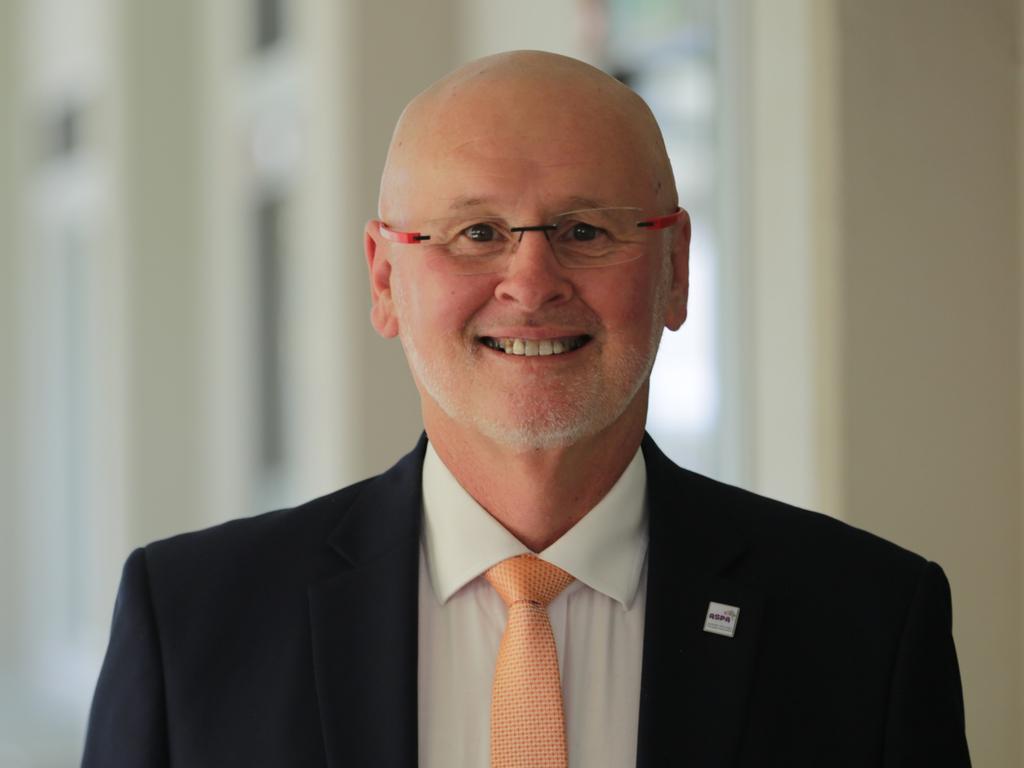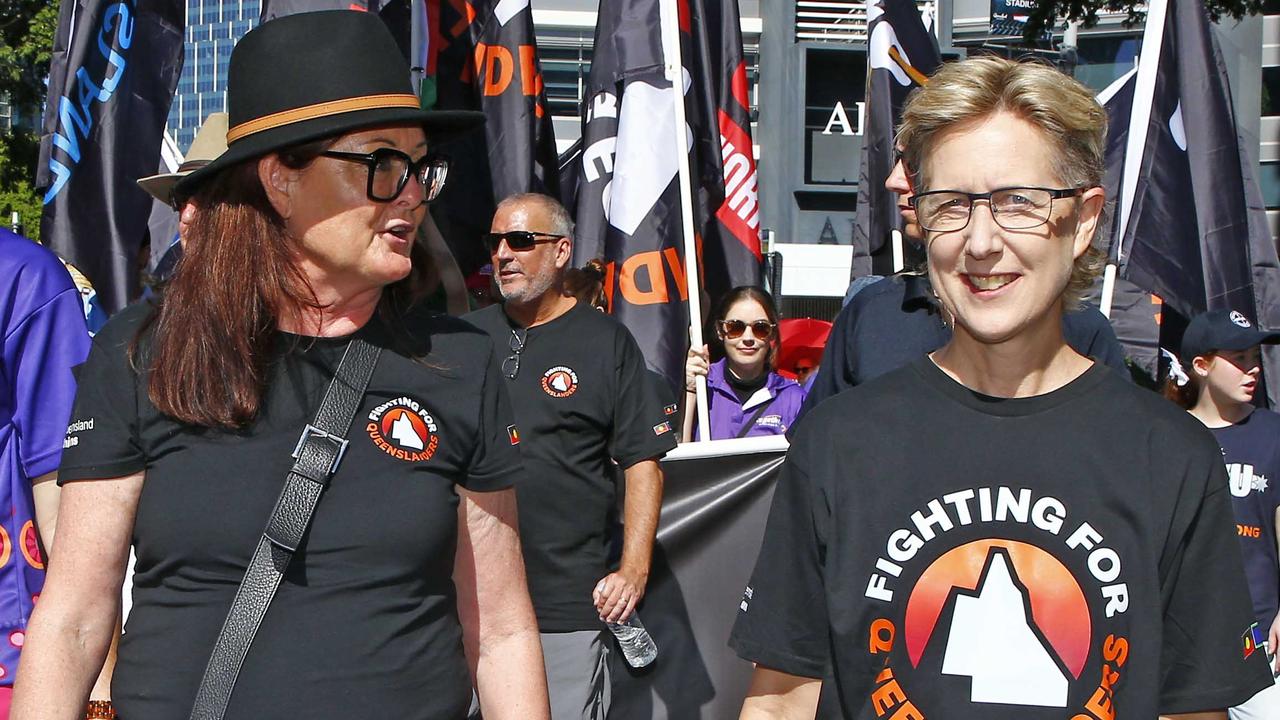Teenagers worry more about cost of living than climate change
Climate change has been overtaken by the cost of living as the top concern for Australian’s young people, the nation’s biggest youth survey reveals.

Rising living costs are the top concern for young Australians, overtaking school stress and climate change, as financial strains force more university students to drop out of their degrees.
The cost of living was cited as the most pressing national problem by 56 per cent of the 17,480 15 to 19-year-olds questioned by Mission Australia this year in the nation’s biggest youth survey.
Violence, safety and crime was the top issue for one in four teens, with 27 per cent nominating climate change and the environment, and 23 per cent most worried about mental health.
One in three young people said their families had to be careful with money; 18 per cent had trouble paying for necessities.
The survey found 11 per cent of young people worried about having a safe place to stay.
Mission Australia chief executive Sharon Callister said concern over the cost of living had doubled in the past two years.
The survey shows young Australians are “observing or directly feeling the negative effects of inflation and higher interest rates on their standard of living’’.
School and study was the “biggest personal challenge’’ for 45 per cent of respondents, who described problems with moving schools, managing workloads and achieving good grades.
Only 61 per cent of young people planned to go to university after school, with 37 per cent wanting to get a job and 27 per cent planning to travel or take a gap year.
Just half of teenage boys planned to go on to university, compared with 75 per cent of girls.
The Mission Australia findings support federal Education Department data revealing that financial problems are forcing students out of university.
The latest Student Experience Survey of 165,000 undergraduates found that 18.7 per cent were thinking of dropping out last year – with 40 per cent citing financial difficulties.
The proportion of students citing financial difficulties has doubled since 2021.
University of Western Sydney vice-chancellor George Williams said many students could not afford a university education.
He said cost-of-living pressures were “forcing many students into poverty or to give up their studies’’.
“The Youth Allowance rate of $46 a day for a student living away from home is woefully inadequate to address this,’’ he said. “Last year, half of our students at WSU said they were food-insecure, with many forced to choose between studying and eating. Government needs to do more to support our students by setting fair (tuition) fees and by keeping them in study.’’
Professor Williams called on the Albanese government to axe the previous Coalition government’s decision to make arts, law and tourism degrees more expensive, and “pricing students out of their dreams’’.
Professor Williams said today’s students were paying 45 per cent of the cost of a degree, compared with 25 per cent when the former Hawke Labor government abolished free university in 1989.
The vice-chancellor’s call came as federal parliament passed legislation to wipe $3bn of student debt for three million graduates paying back their Higher Education Contribution Scheme and Higher Education Loan Program debts.
The legislation caps loan indexation to the lower of either the consumer price index or the wage price index.
It reverses the 7.1 per cent spike in indexation last year, slashing it to 3.2 per cent, with the Australian Taxation Office to refund money to students who already paid the higher amount.
A graduate with an average HELP debt of $27,000 will have $1200 wiped from their outstanding debt.
Federal Education Minister Jason Clare said 68,000 university students in teaching, nursing, midwifery and social work degrees would qualify for a “prac payment’’ of $320 a week while they undertook hands-on work experience, from July 1 next year.






